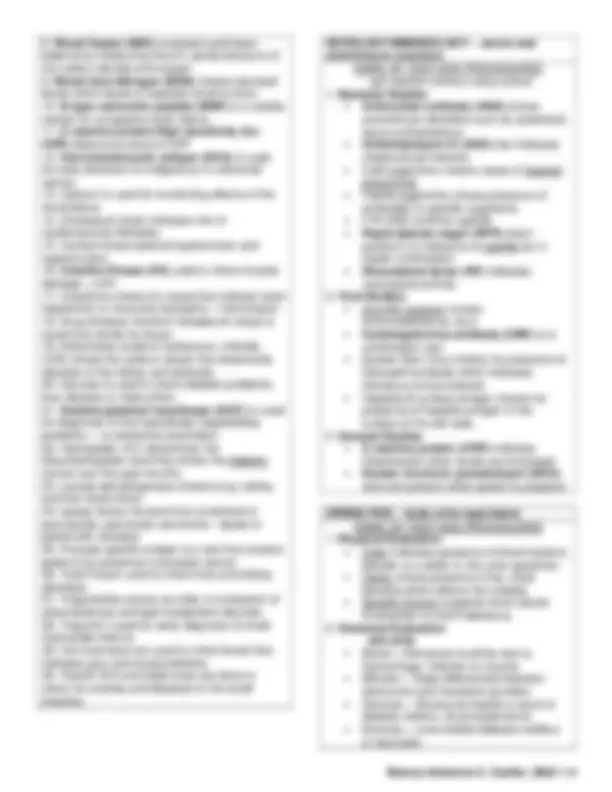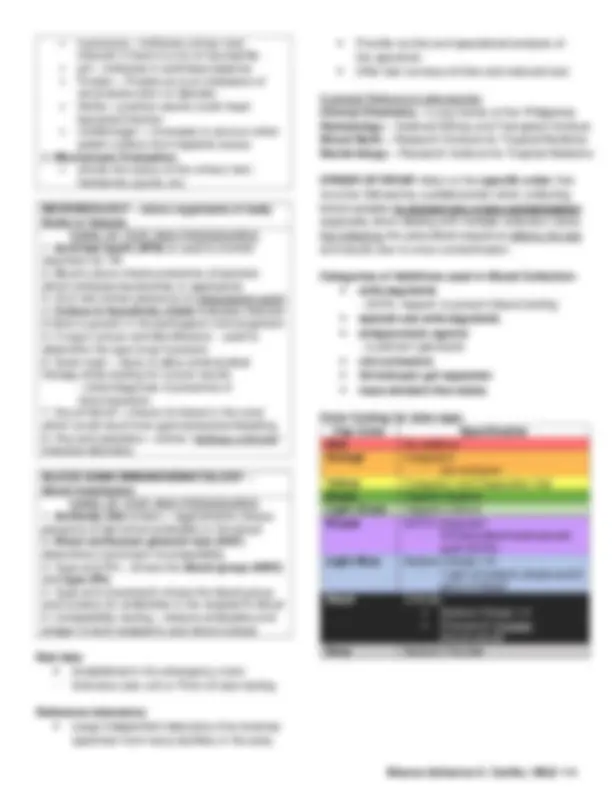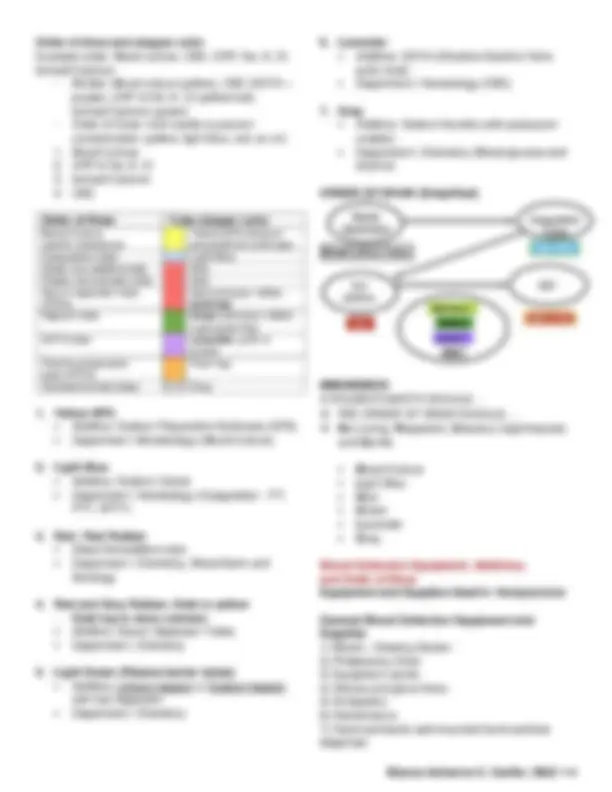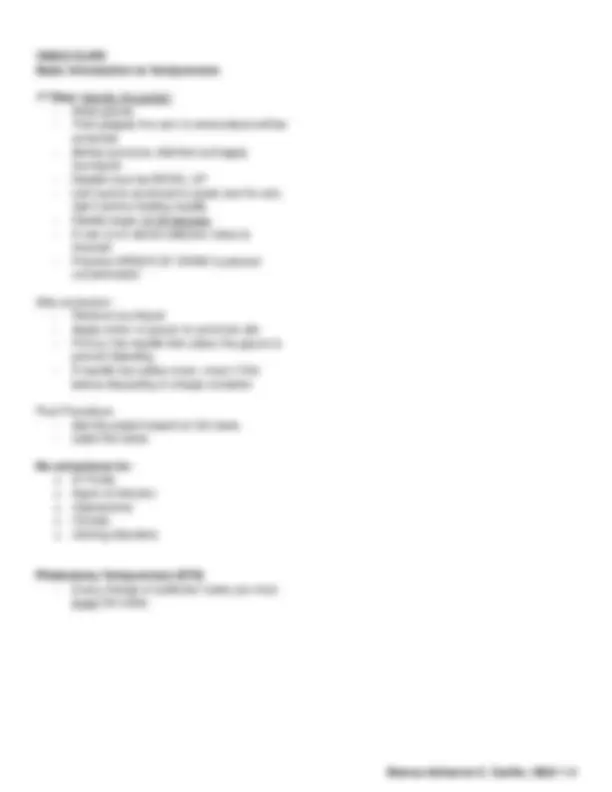






Study with the several resources on Docsity

Earn points by helping other students or get them with a premium plan


Prepare for your exams
Study with the several resources on Docsity

Earn points to download
Earn points by helping other students or get them with a premium plan
Community
Ask the community for help and clear up your study doubts
Discover the best universities in your country according to Docsity users
Free resources
Download our free guides on studying techniques, anxiety management strategies, and thesis advice from Docsity tutors
Principles of Medical Laboratory Science
Typology: Lecture notes
1 / 8

This page cannot be seen from the preview
Don't miss anything!





PMLS 2 Laboratory Familiarization to Phlebotomy & Order of Draw PHLEBOTOMY or venesection act of opening a vein by using incision or puncture methods to draw blood for analysis or as part of therapeutic or diagnostic measures under the physician's request. ▪ phlebos which means vein, and ▪ temnein which means to cut.
Elements in healthcare communication ✔ Empathy ✔ Control ✔ Respect ✔ Confirmation ✔ Trust Verbal Communication Loop in Health care setting Health care worker ▪ maintain calmness Clinical analysis areas and the types of procedures Hospital
▪ Leukocyte – indicates urinary tract infection if there is a lot of neutrophils ▪ pH – indicates in acid-base balance ▪ Protein – Proteinura is an indicateor of renal dysfunction or disorder ▪ Nitrite – positive results could mean bacterial infection ▪ Urolibinogen – increases in amount when patient suffers from hepatitis issues
Order of draw and stopper color Example order: Blood culture, CBC, CRP, Na, K, Cl, Ionized Calcium
Syringe System and Evacuated Tube System (ETS) Components Categories of Additives used in Blood Collection
1. Potassium oxalate Precipitates Calcium 2. Sodium fluoride Inhibits glycolysis 3. Sodium citrate Binds Calcium 4. Sodium polyanethol sulfonate Binds Calcium and allows bacteria to grow for culture 5. Solutions A and B (ACD) Binds Calcium 6. EDTA Binds Calcium 7. Lithium heparin; sodium heparin; and ammonium heparin Inhibits prothrombin to thrombin 8. Silica/glass particles and Thrombin Accelerates clotting 9. Silicon Promotes faster centrifugation and a sample with fewer cells 10. No additive Natural formed clot
Basic Introduction to Venipuncture 1 st^ Step : Identify the patient